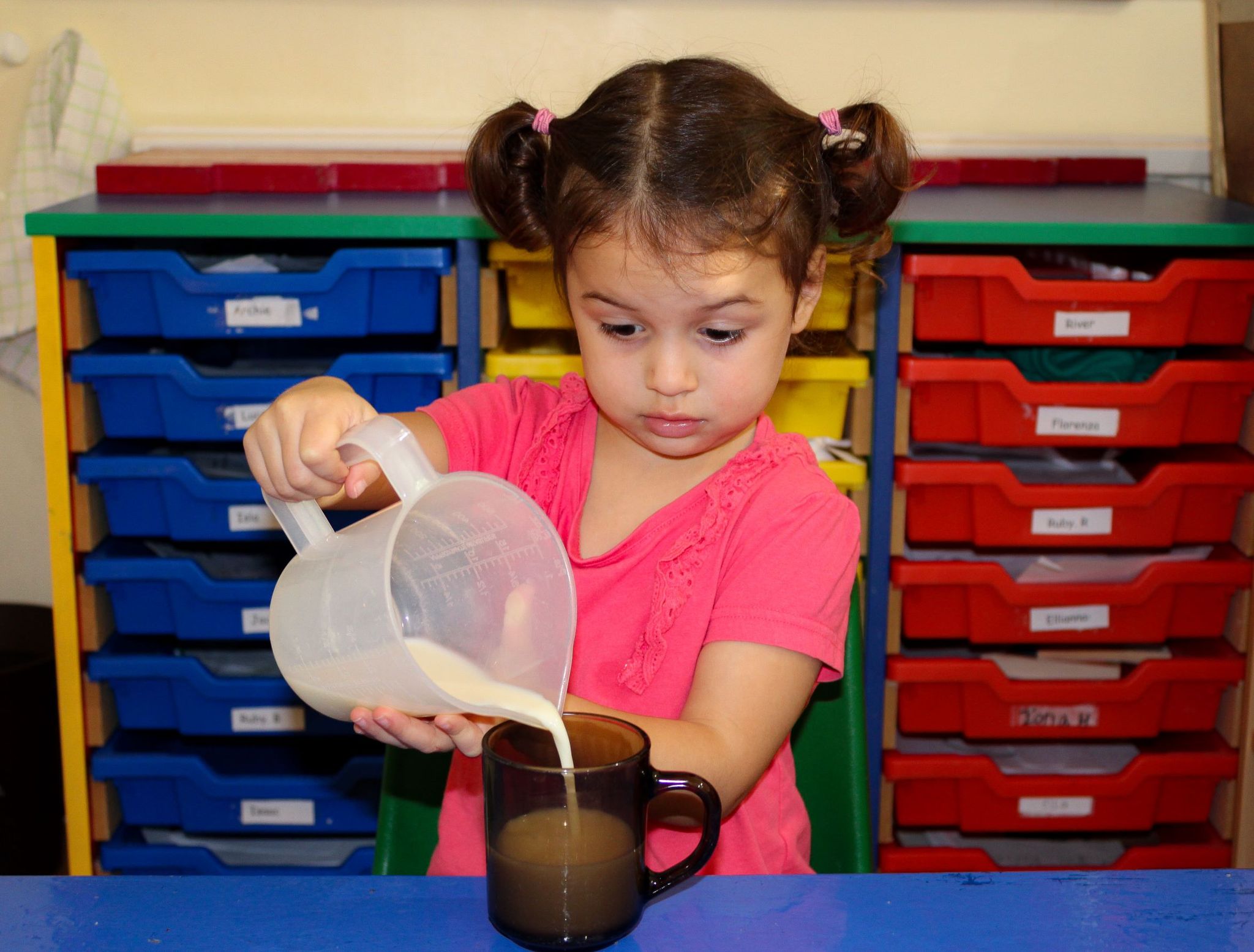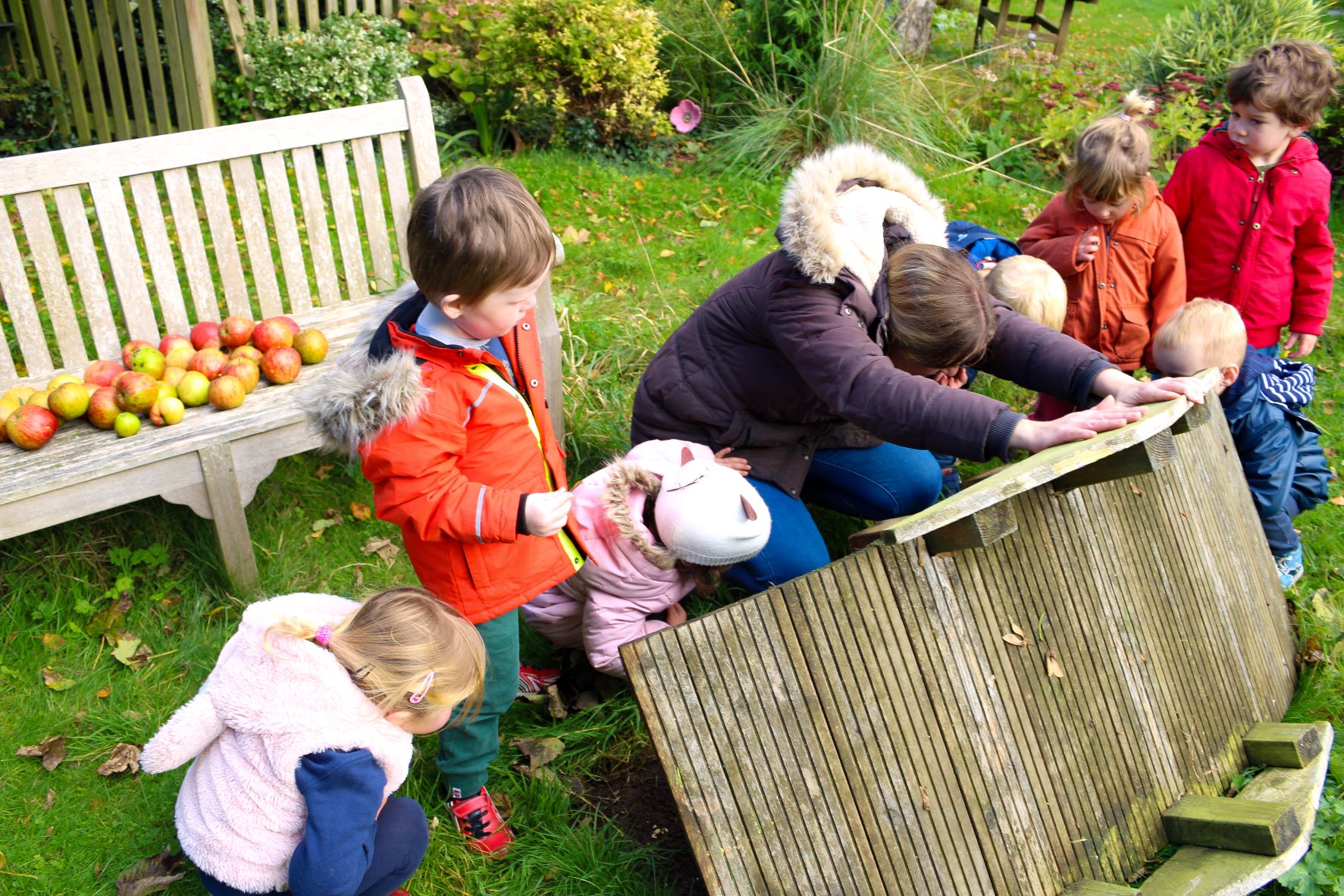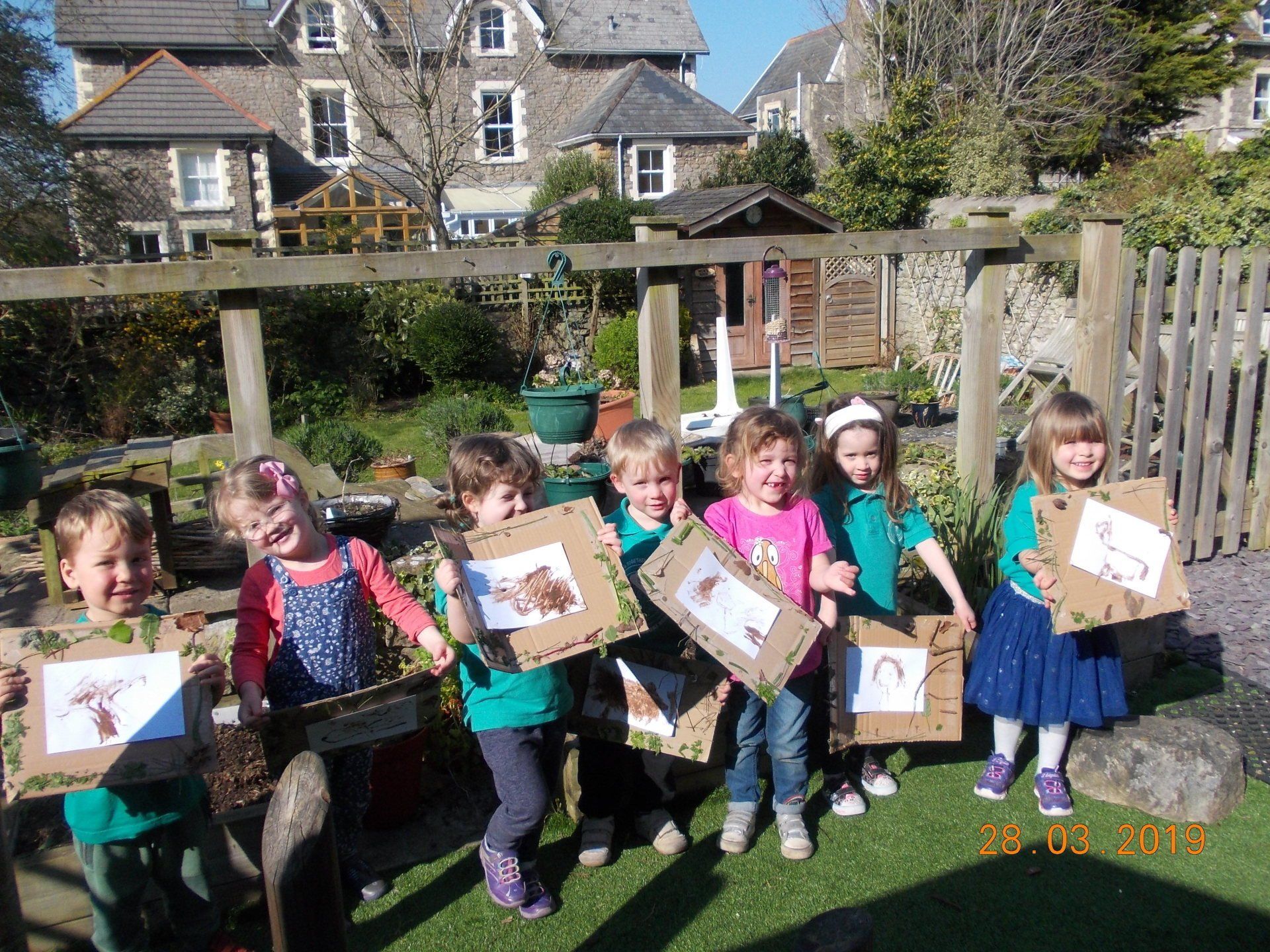

Historical Perspective Background on Dr. Maria Montessori.
Maria Montessori was born in the province of Ancona, Italy on 31st August 1870.
Most of what we know is anecdotal and handed down from snippets she told friends and followers. She was brought up strictly and also expected to help her less fortunate neighbours by having a daily quota of knitting to do for the poor.
There is one particular story of the young Maria that gives us a clue to her future vision of world peace through the understanding and education of children. One day she heard her parents quarrelling and she dragged a chair over to them and climbed upon it. She took their hands in hers and peace was restored.
Maria's father moved the family to Rome when she was a child. Some accounts say that this was because of his work and others say that it was in order to give her a better education. Whatever the reason for the move it did indeed give her a better education.
In secondary education Maria attended a mainly boys technical school and studied a syllabus which included: French, maths, history, geography and a little science. The alternative was to attend the classical system which stressed the largely rote learning of literature and the classics.
Maria graduated from the technical school in 1886 with a final grade of 137 out of a possible 150. She then moved onto the technical institute and continued to do well. Her father wanted her to become a teacher but she originally wanted to be an engineer. She then became interested in the biological sciences and made up her mind to be a medical doctor. Her father and other relatives were shocked and disapproved - no Italian woman had ever become a Doctor and women were not allowed to be admitted to the school of medicine.

She studied at the University of Rome and gained the Diploma di licenza. This was the qualification needed to study medicine. The only problem was that she was a woman! Maria (with the support of her mother) persisted until she was allowed to go into the Dept. of Clinical Medicine.
Montessori qualified in 1896 and became the first woman in Italy to earn the degree of Doctor of Medicine. Many people called her 'Dotteressa' (woman doctor) for the rest of her life.
Maria Montessori was appointed Assistant Doctor at the Psychiatric Clinic in the University of Rome. She worked with children who had special needs. These children had received no stimulus or education because it was not thought possible for these children to benefit from education.
The room they were in was empty and one day she watched them searching the floor with their hands for crumbs. She realised they were not doing this to eat, but to learn about their environment through touch. This theory of intellectual development through the hands is still a major part of the method. Maria Montessori was so convinced that these children could be helped, she studied the work of two pioneers. Jean Itard who is famous for his work with a boy who had been abandoned in the forest of Aveyron and a student of Itard's- Edouard Seguin who helped children with disabilities by teaching them how to walk and use their senses. Education of the senses is still the basis of the Montessori Method.
Maria Montessori designed a range of didactic (self-teaching) material for the children in the institute in Rome and taught some of the children to read and write. She entered them for public examinations and they passed them!
In 1906 Maria Montessori was asked to direct a day care centre in a housing project in the slum section of San Lorenzo in Rome and so the first Casa dei Bambini (Children's House) was opened in 1907. She began to use the methods she had devised for the children with special needs. Despite the fact that these were deprived children, the results were startling. Visitors came from all parts of the world to witness the teaching methods of the 'Children's House.
She had proved that children are capable of independent learning through the use of the senses, movement of the hands and body and didactic material. Independence, free choice, self discipline and spontaneity are key principles of the Montessori Method. It is interesting to note here that Maria Montessori disliked the term 'Montessori Method' and preferred 'Help to Life'.
In 1912 her first book 'The Montessori Method was published in English and the 1st edition sold out in four days. Montessori schools were opened in many parts of the world in the years before World War 1. Including Japan, Russia, Germany, India and America. In the 1920's Maria Montessori was appointed Government Inspector of schools in Italy but soon fell out with the fascist government. She then moved to Spain and in the 1930's to Holland. Then in 1939 she was in India when war broke out and she was interned and so spent the war years there. She spent the time building up the Montessori movement in India. This remains to this day. One afternoon I was listening to a quiz on Steve Wright and the question was: What is the college with the highest number of enrolled students in the world. The answer was the Montessori College in Mumbai. In 1946 she visited England again and continued to travel and lecture. She died in Holland in 1952.
Since her death the movement has grown steadily in many parts of the world. In Britain it continues to grow, based on reputation and the rights of parents to choose their own education for their children.
For more information about Montessori philosophy and its principles log onto:
www.montessori.org.uk
www.montessorieducationuk.org